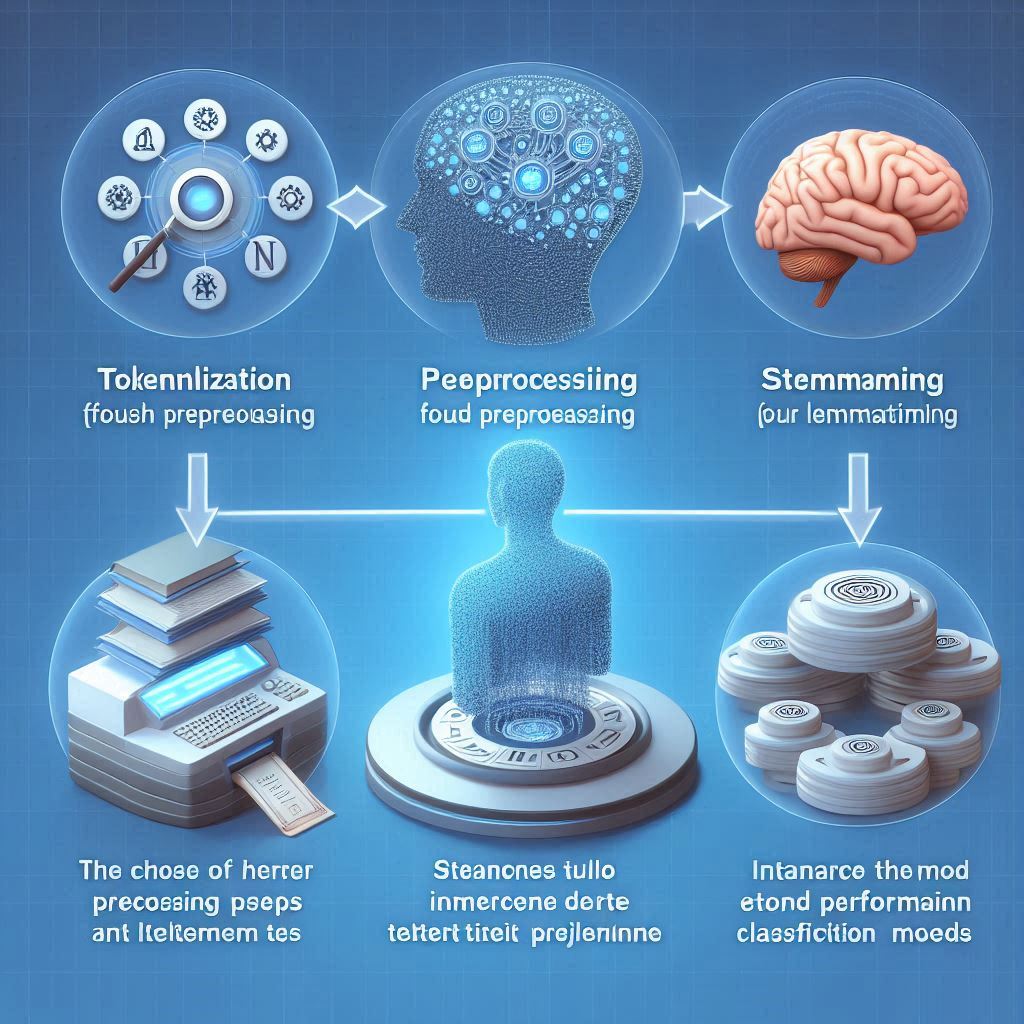Introduction
Generative Pre-trained Transformers (GPTs) are a type of artificial intelligence (AI) model that has become increasingly popular in recent years. They are used to create content in a variety of forms, including text, audio, and video. GPTs can be used to create ranking articles, which are pieces of content designed to rank highly in search engine result pages (SERPs). In this article, we will discuss how to create a ranking article using GPTs, the benefits of using this technology, and some alternatives. We will also provide code examples to help you get started.
What is Generative Pre-trained Transformers?
Generative Pre-trained Transformers (GPTs) are a type of AI model that uses natural language processing (NLP) to generate content. GPTs are trained on a large corpus of existing content, such as news articles, books, and other text. This training allows them to understand the nuances of language and generate content that is both accurate and natural-sounding. GPTs can be used to generate content in a variety of forms, including text, audio, and video.
What is a Ranking Article?
A ranking article is a piece of content that is designed to rank highly in search engine result pages (SERPs). Ranking articles are typically written in an SEO-friendly format, meaning they are optimized for search engine algorithms. This includes using keywords and phrases that are relevant to the topic, as well as optimizing page titles, meta descriptions, and other elements of the article. Ranking articles also typically include internal and external links to other websites.
Benefits of Using Generative Pre-trained Transformers
Using GPTs to create ranking articles has a number of benefits. First, GPTs can generate content quickly and efficiently. This means that you can create content at scale without having to spend time manually researching and writing each article. GPTs are also able to create content that is both accurate and natural-sounding. This can help to ensure that your content is both engaging and SEO-friendly. Finally, GPTs are able to generate content in a variety of forms, including text, audio, and video. This can help to make your content more engaging and accessible to a wider range of audiences.
How to Create a Ranking Article
Creating a ranking article using GPTs is a relatively simple process. There are five steps involved: research, generate content, evaluate content, refine content, and publish content. Let’s take a look at each step in more detail.
Step 1: Research
The first step in creating a ranking article is to do some research. This includes researching the topic you want to write about, as well as researching relevant keywords and phrases. This will help to ensure that your content is both accurate and SEO-friendly.
Step 2: Generate Content
Once you have done your research, you can then use GPTs to generate content. This can be done in a variety of ways, such as using a GPT-3 model or using a GPT-based writing assistant.
Step 3: Evaluate Content
Once you have generated your content, you should then evaluate it to ensure that it is accurate and SEO-friendly. This can be done by manually reviewing the content or using an automated tool such as Grammarly.
Step 4: Refine Content
Once you have evaluated your content, you should then refine it. This includes making sure that your content is accurate, as well as optimizing it for SEO. This can be done by manually editing the content or using an automated tool such as Yoast SEO.
Step 5: Publish Content
Once you have refined your content, you can then publish it. This can be done by uploading the content to your website or blog, or by submitting it to other websites or directories.
Pros and Cons of Generative Pre-trained Transformers
Using GPTs to create ranking articles has both pros and cons. On the one hand, GPTs can generate content quickly and efficiently, and are able to create content that is both accurate and natural-sounding. On the other hand, GPTs are not perfect, and can produce content that is not SEO-friendly or accurate.
Alternatives to Generative Pre-trained Transformers
If you do not want to use GPTs to create ranking articles, there are a number of alternatives. These include using a human writer, using an automated writing assistant, or using an AI-powered content generation platform such as Quill.
Final Thoughts
Generative Pre-trained Transformers (GPTs) can be used to create ranking articles quickly and efficiently. They are able to generate content that is both accurate and natural-sounding, and can be used to create content in a variety of forms. However, GPTs are not perfect, and can produce content that is not SEO-friendly or accurate. If you do not want to use GPTs, there are a number of alternatives, including using a human writer, using an automated writing assistant, or using an AI-powered content generation platform.
Example AI prompt to write an article or blog post that ranks in SERP in Summary
Creating a ranking article using Generative Pre-trained Transformers (GPTs) can be a great way to quickly and efficiently generate content that is both accurate and SEO-friendly. GPTs are able to generate content in a variety of forms, including text, audio, and video, and can help to make your content more engaging and accessible to a wider range of audiences. However, GPTs are not perfect, and can produce content that is not SEO-friendly or accurate. If you do not want to use GPTs, there are a number of alternatives, including using a human writer, using an automated writing assistant, or using an AI-powered content generation platform.












